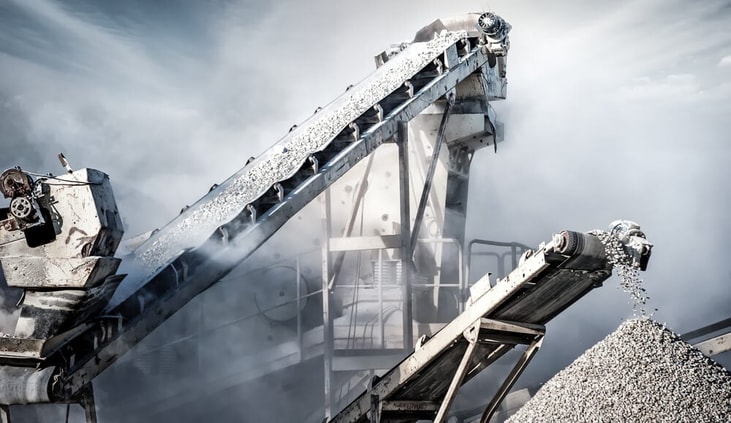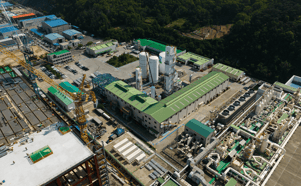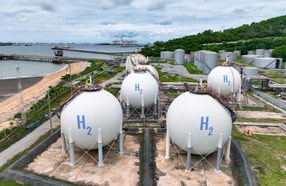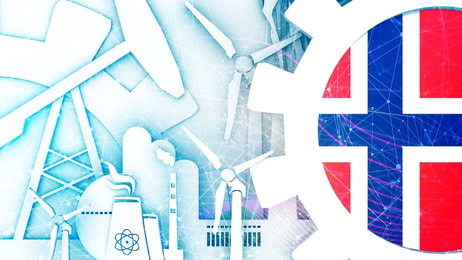Capsol wins award to capture CO2 from cement plants
Norway-based Capsol Technologies (Capsol) has been awarded two new paid feasibility studies for its end-of-pipe- carbon capture technology at two large cement plants in the EU with the potential to capture more than 1.5 million tonnes per annum (mtpa) of carbon dioxide (CO2).
The unnamed owner of the two cement plants has operations in more than ten countries, which total emissions of more than 20 million tonnes of CO2 in 2022.
According to Jan Kielland, CEO of Capsol, the company has received ‘firm response’ from the industry – a strong indication that its proprietary CapsolEoP provides highly competitive value propositions for cement.
“CapsolEoP reduces energy consumption by more than 50% compared to competing technologies, resulting in 25% lower costs per tonne of CO2 captured. In addition, the CapsolEoP is safe and not harmful to the local environment,” he added.
... to continue reading you must be subscribed
























